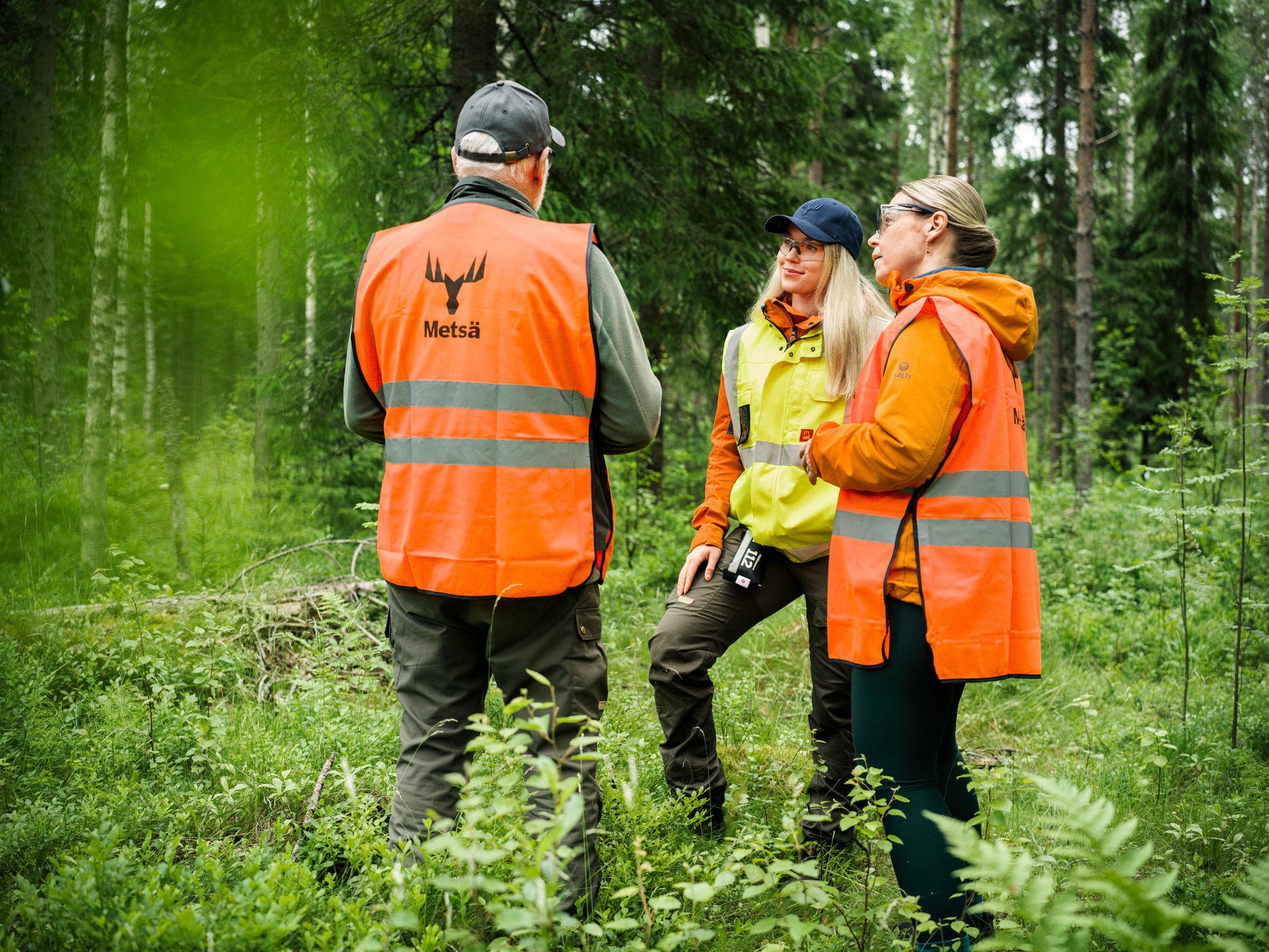As the well-known adage goes, a job half planned is already half done. This is also true of generational handover. It is something that must be discussed openly and well in advance. Then the value of the estate must be determined by an independent expert. This enables both parties to form a realistic picture of the true value of the estate and the profit expected from the forest.
Generational handover inevitably involves emotions, but it is important to keep them in the background when making decisions. The successor must assess the situation as they would if they were buying a forest estate from a non-family member.
If most of the robust trees have been felled, and no real profit is to be expected for decades, the estate risks becoming a heavy strain on the successor. In turn, a sensibly managed forest with a steady profit offers several flexible alternatives for generational handover. The first thing to determine is whether the handover will be handled as a gift or a direct sale.
The benefits of a sale include the forest deduction available to the buyer, the seller’s potential exemption from capital gains tax, the possibility of using a price a quarter lower than the going price, and individual payment terms agreed with the seller.
If the parties agree on a reasonable payment time that matches the income from the forest, the transaction can be financed with steady felling income, without the need for one-off felling and free of regeneration costs. This also allows the younger generation to get a forest deduction on income from wood trade. At the time of purchase, the forest may still have very few trees ready to be felled, but this can also be taken into account in the payment period.
Ultimately, the successors’ real interest is key to a successful change of ownership. Without such an interest, and especially if the successors are also close to retirement, it is also possible to transfer the forest assets directly to one’s grandchildren.

